Keep your system running smoothly with professional septic tank pumping that prevents backups and costly repairs.
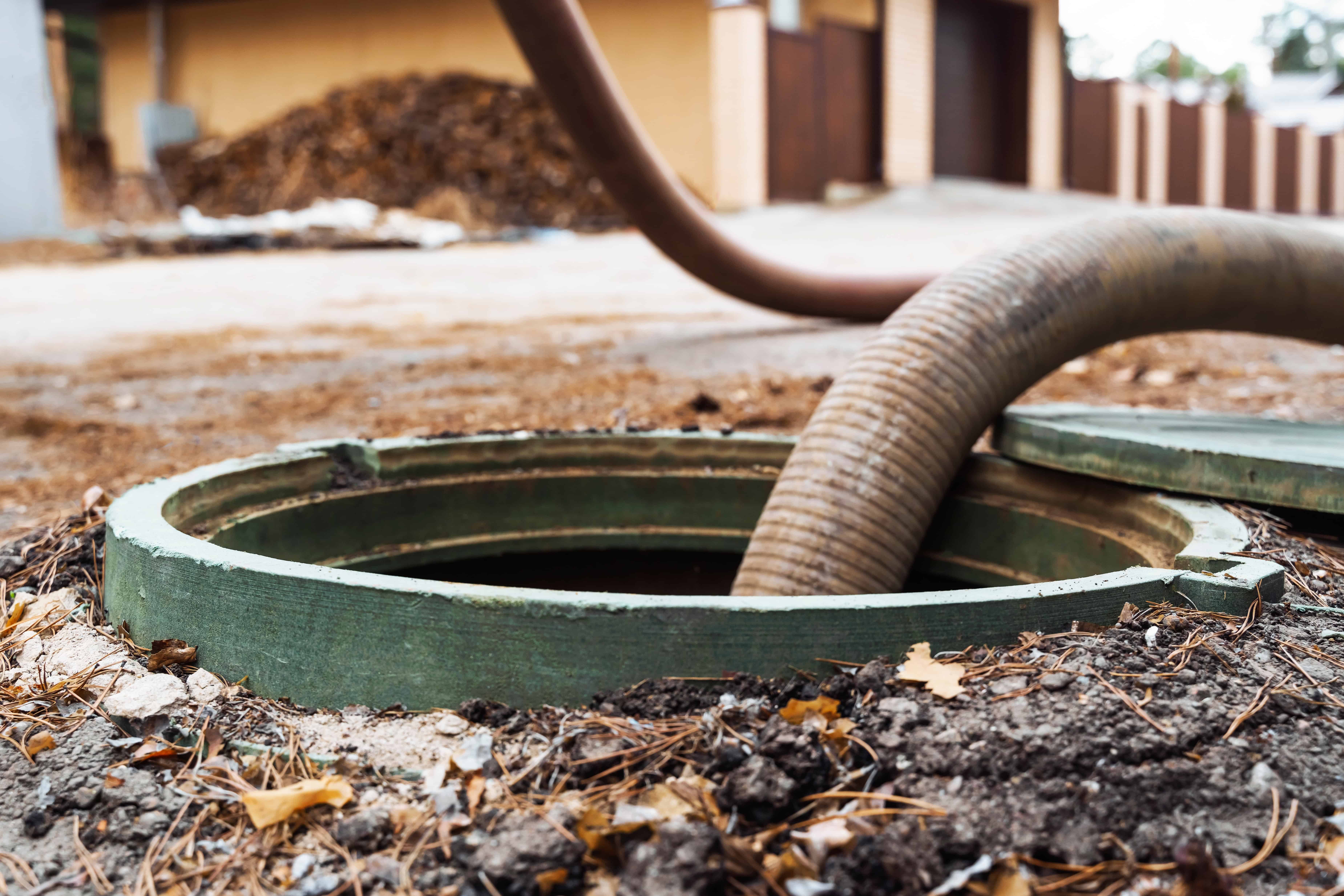
Hear from Our Customers
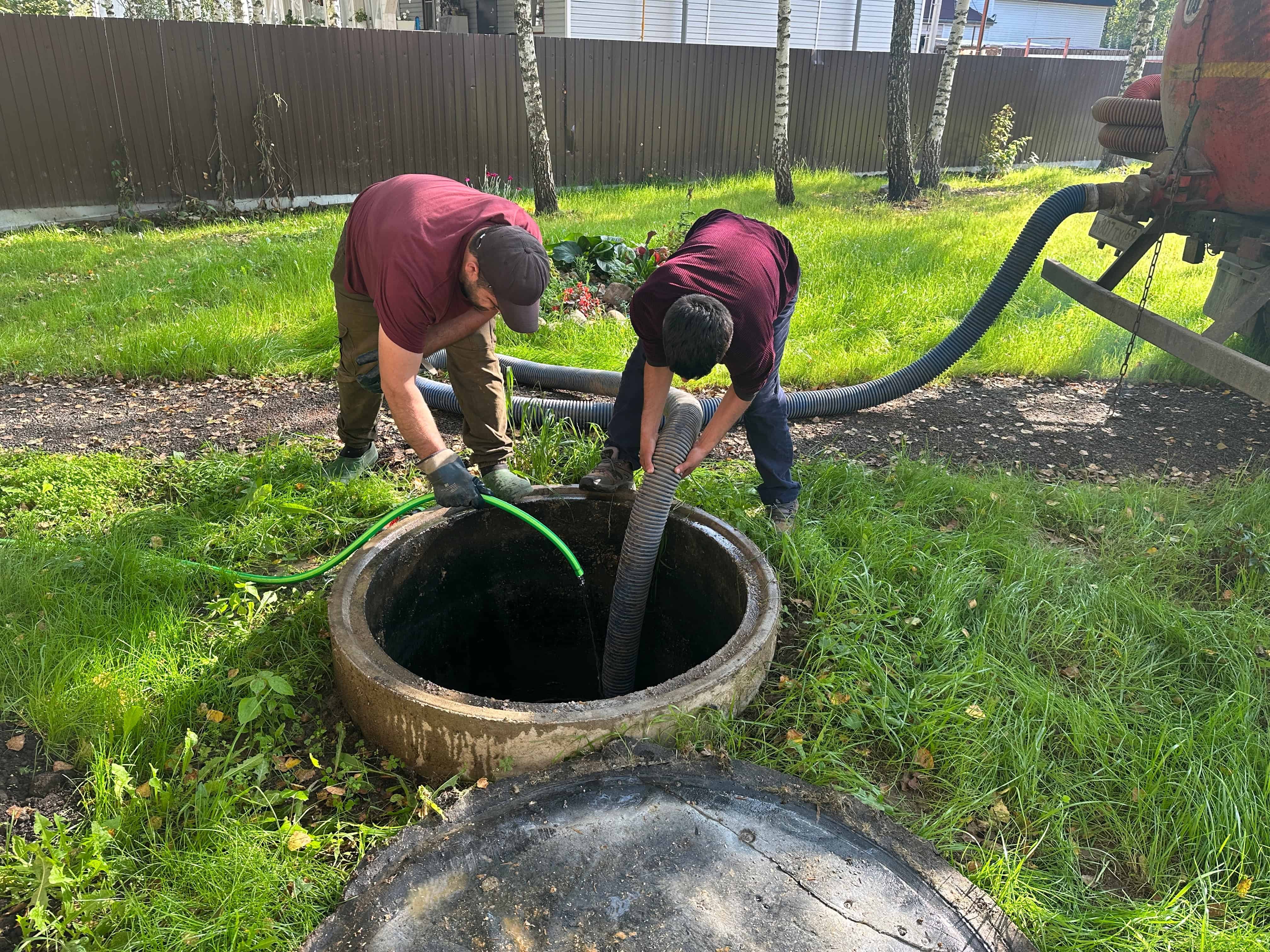
Your septic tank fills up with solid waste over time. When it gets too full, you’ll see backups in your house, slow drains, and foul smells around your property.
Regular septic tank pumping removes these solids before they cause problems. You get peace of mind knowing your system won’t fail when you least expect it. Your drains flow freely, your yard stays clean, and you avoid the nightmare of sewage backing up into your home.
Most East Islip homeowners need pumping every 3-5 years, depending on household size and water usage. The investment is small compared to what you’d pay for emergency repairs or a full system replacement.
We’ve been handling septic tank pumping and maintenance for Long Island homeowners for years. We understand the specific challenges that come with East Islip’s soil conditions and local regulations.
We’re licensed, insured, and equipped with modern pumping trucks that get the job done efficiently. When we pump your tank, we dispose of waste properly at approved facilities and inspect your system for potential issues.
You’re not just getting a pump-out. You’re getting experienced professionals who can spot problems early and give you straight answers about your system’s condition.
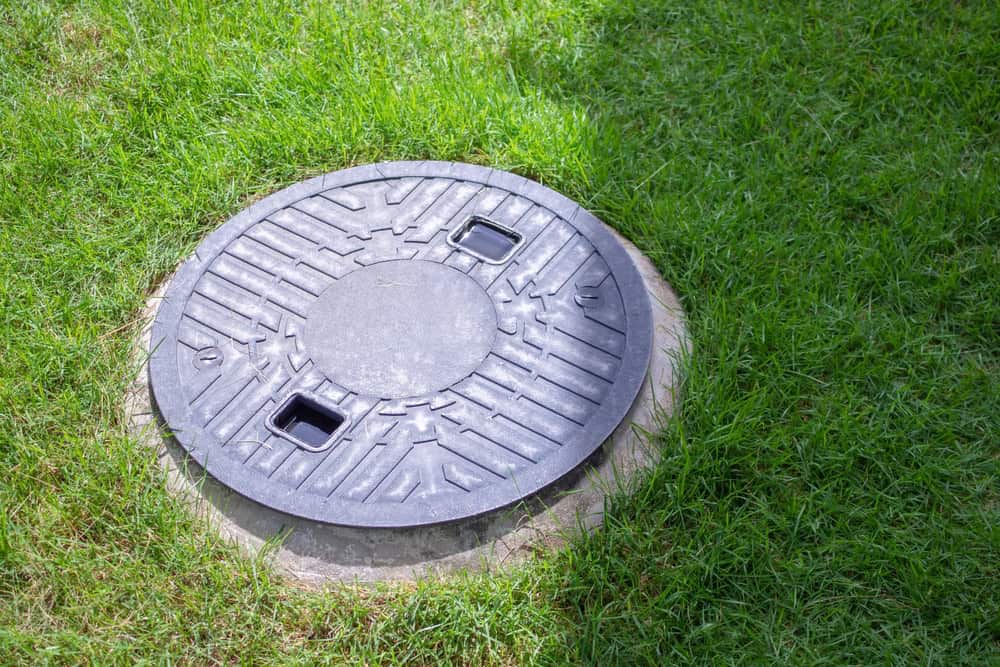
First, we locate and uncover your septic tank access ports. We inspect the tank’s condition and measure the sludge and scum levels to determine how much pumping is needed.
Next, we use our vacuum truck to remove all liquid and solid waste from the tank. We clean the tank walls and baffles, then inspect the inlet and outlet pipes for any blockages or damage.
Finally, we check your system’s overall health and let you know if we spot any issues that need attention. We’ll give you a realistic timeline for your next pumping and answer any questions about maintaining your system between visits.
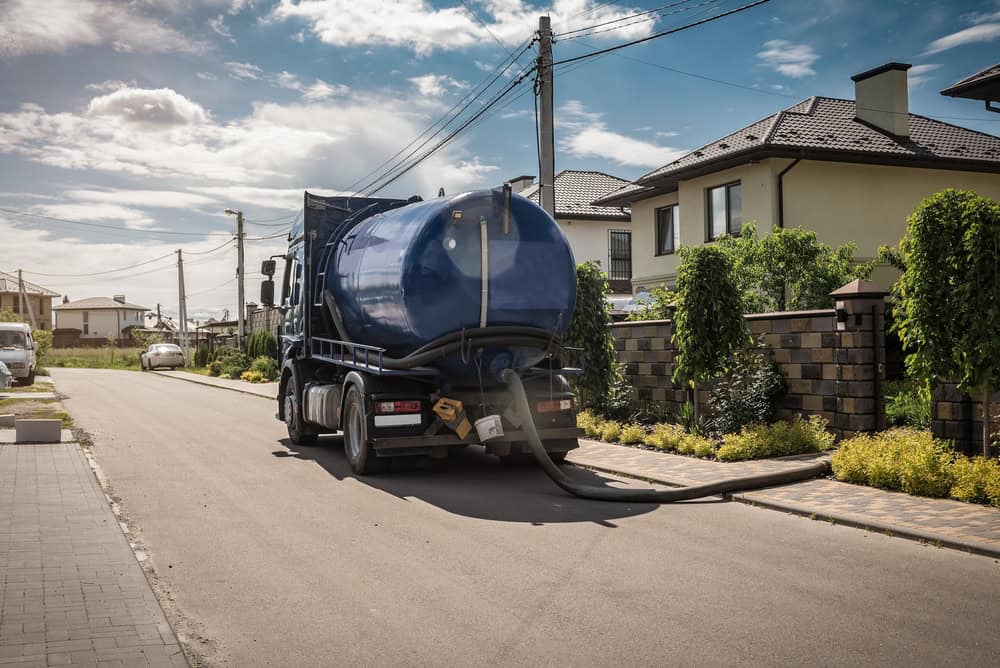
Ready to get started?
Every septic tank pumping includes complete waste removal, tank cleaning, and a basic system inspection. We don’t just pump and leave – we make sure your system is ready to function properly.
We handle the dirty work so you don’t have to. Our trucks are equipped to access tanks in tight spaces, and we clean up after ourselves. You won’t find a mess in your yard when we’re done.
East Islip homeowners often ask us about timing. If your drains are slowing down, you notice odors, or it’s been more than five years since your last pumping, it’s time. Don’t wait for a backup to happen – that’s when a simple pumping becomes an expensive emergency.
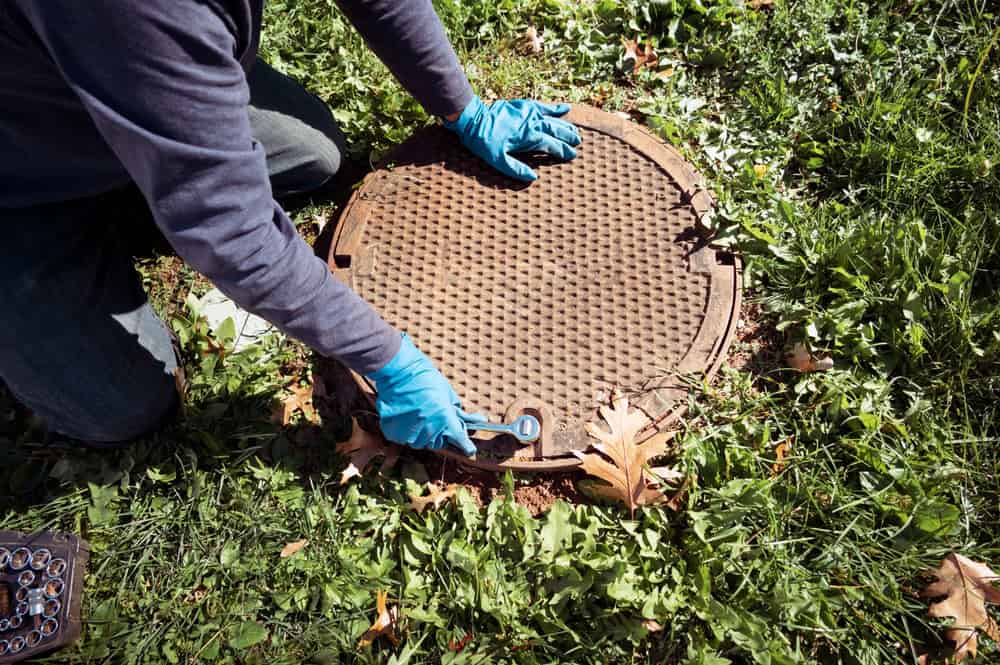
Don’t let cesspool issues disrupt your day. Reach out now for a free estimate and expert service.
©2025 Quality Cesspool All Rights Reserved. SEO Company NYC – Web Design & SEO by Hozio